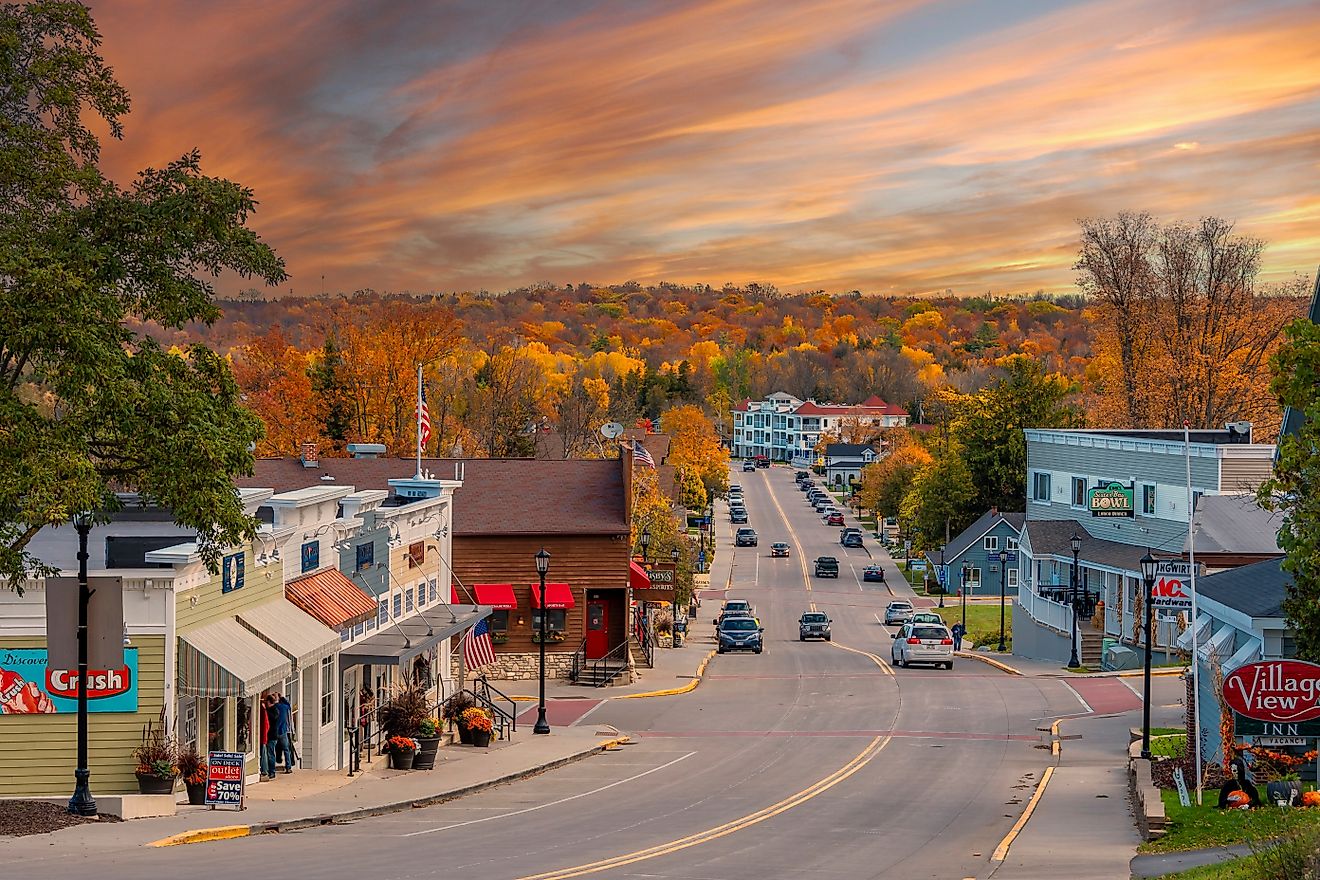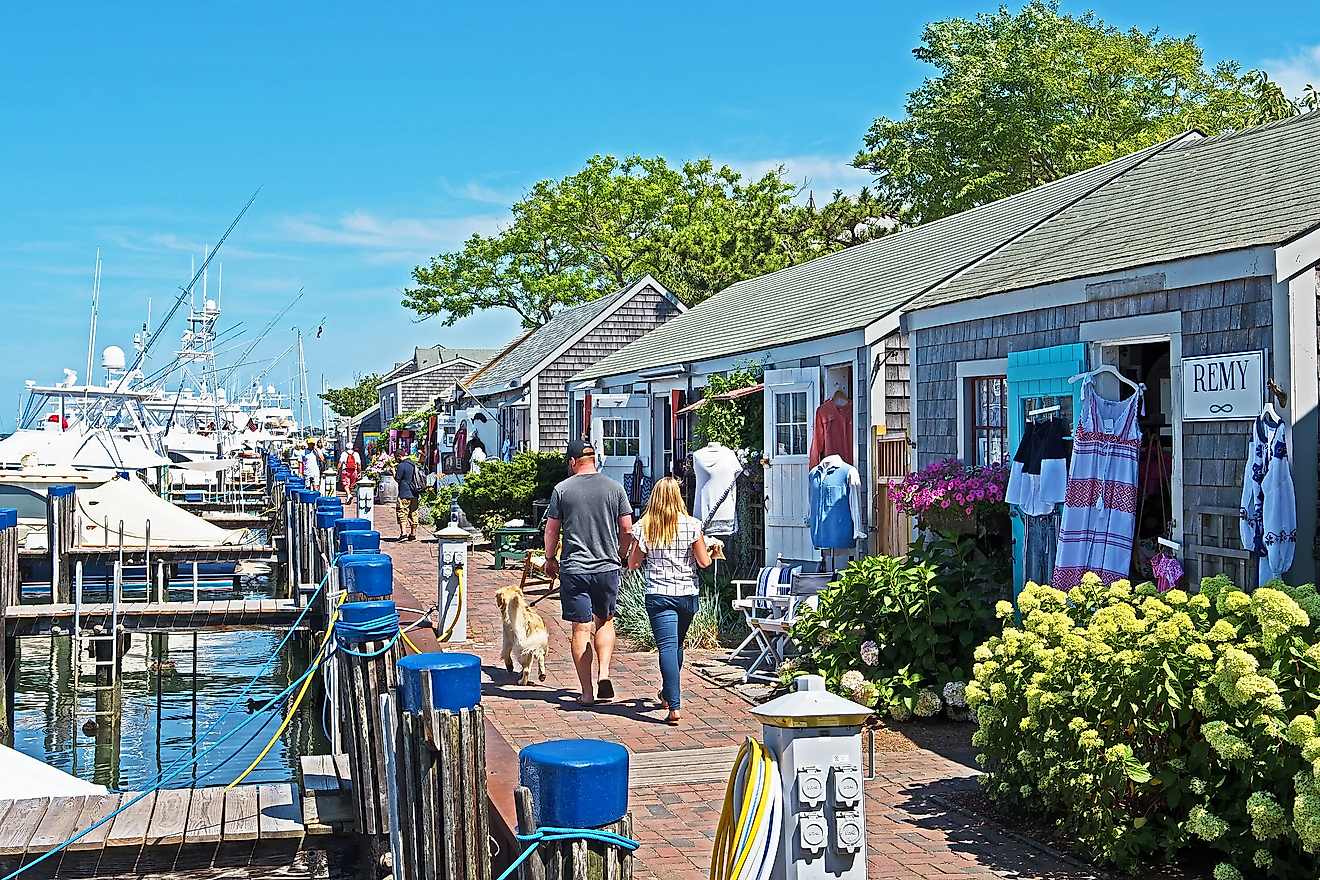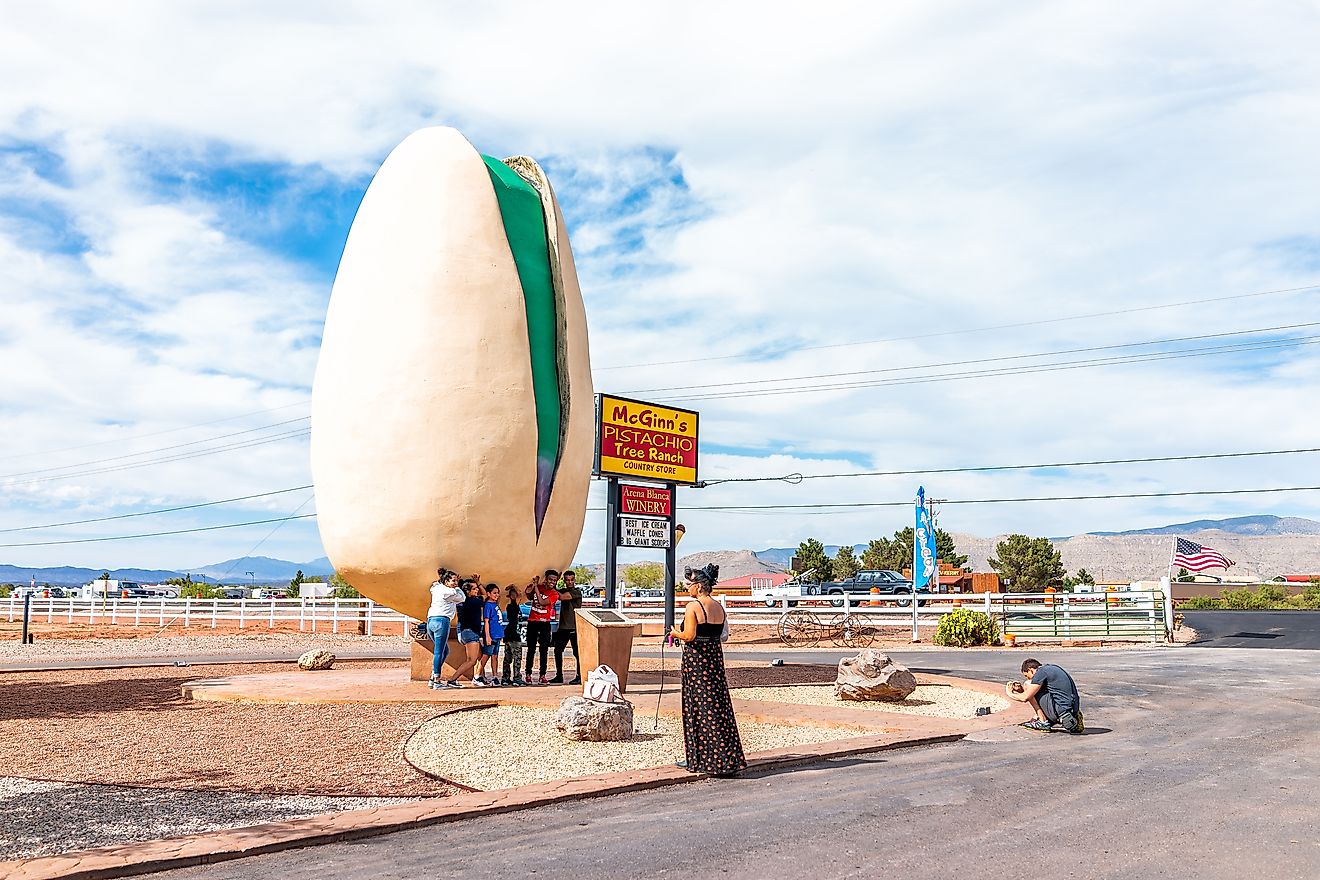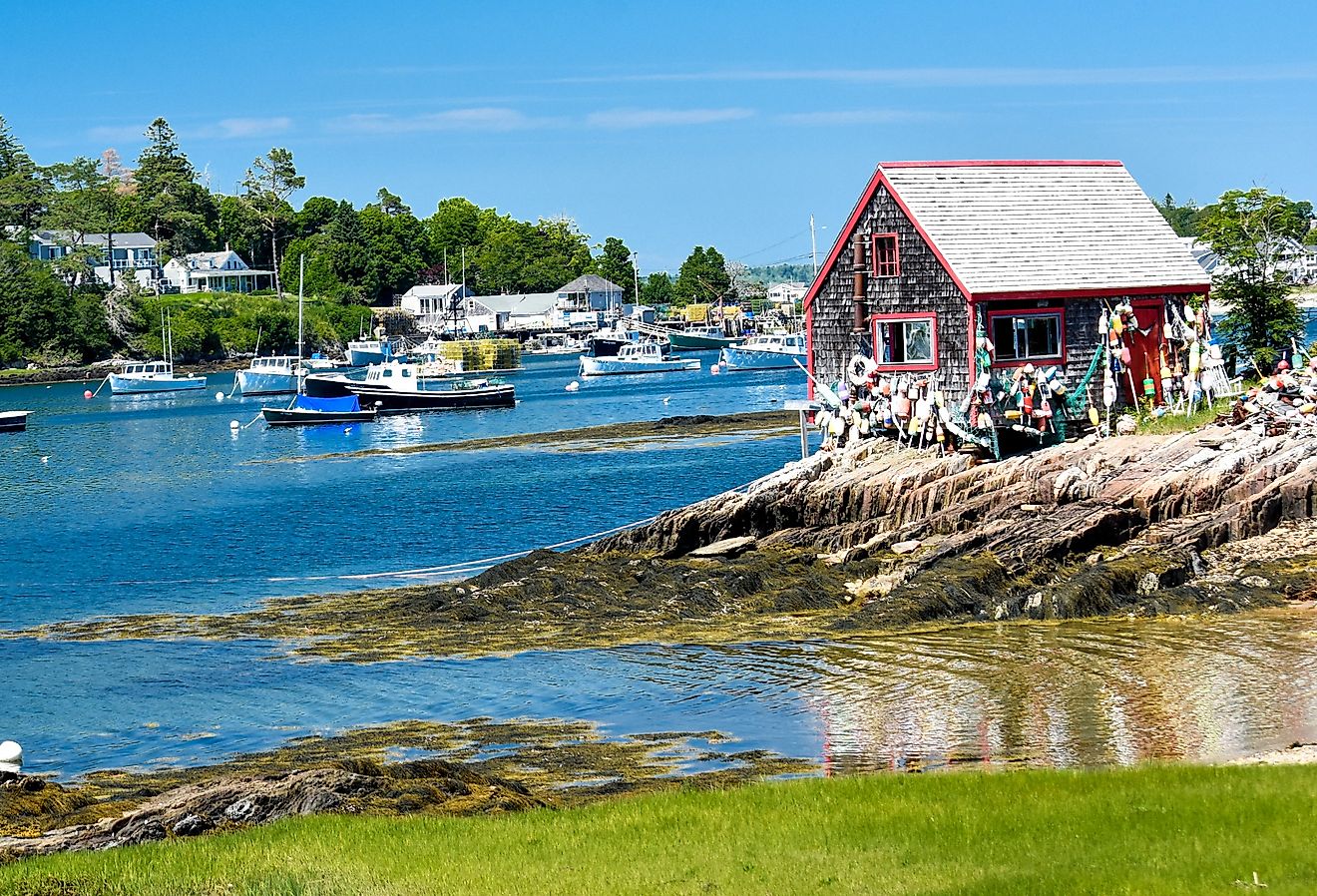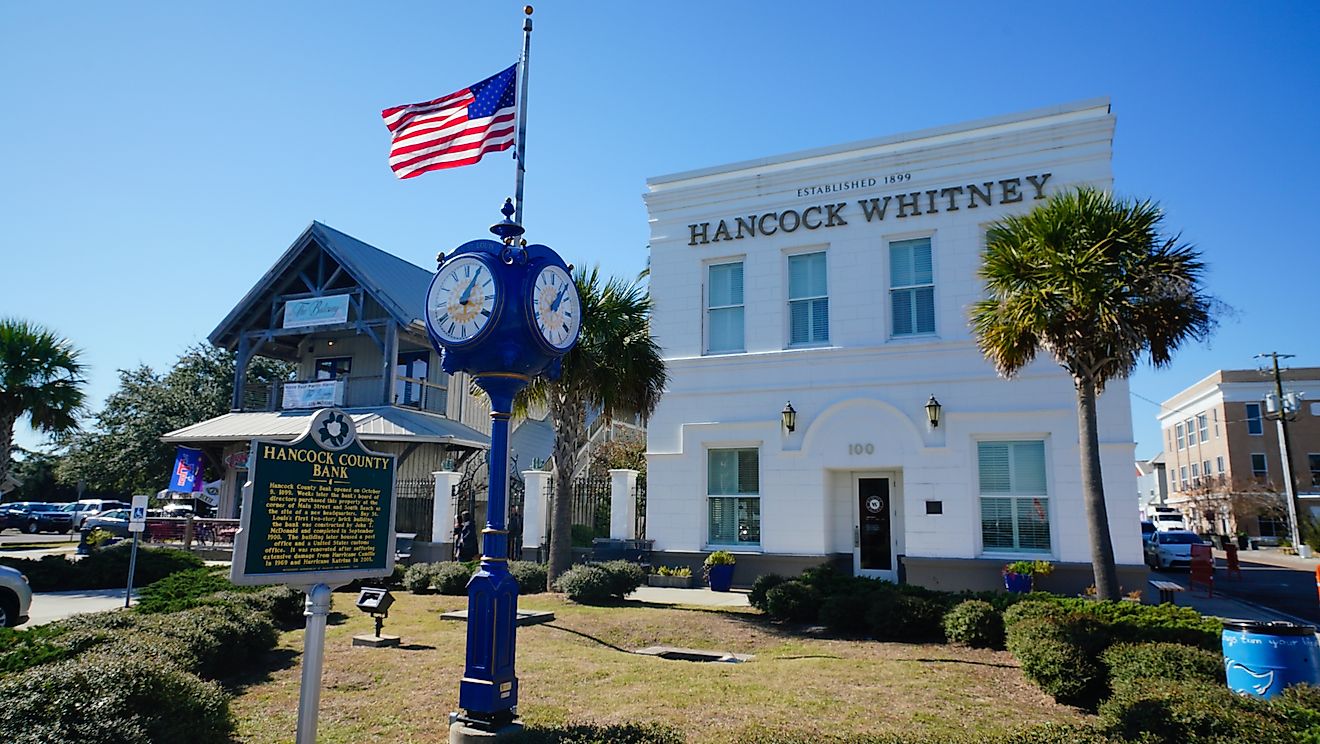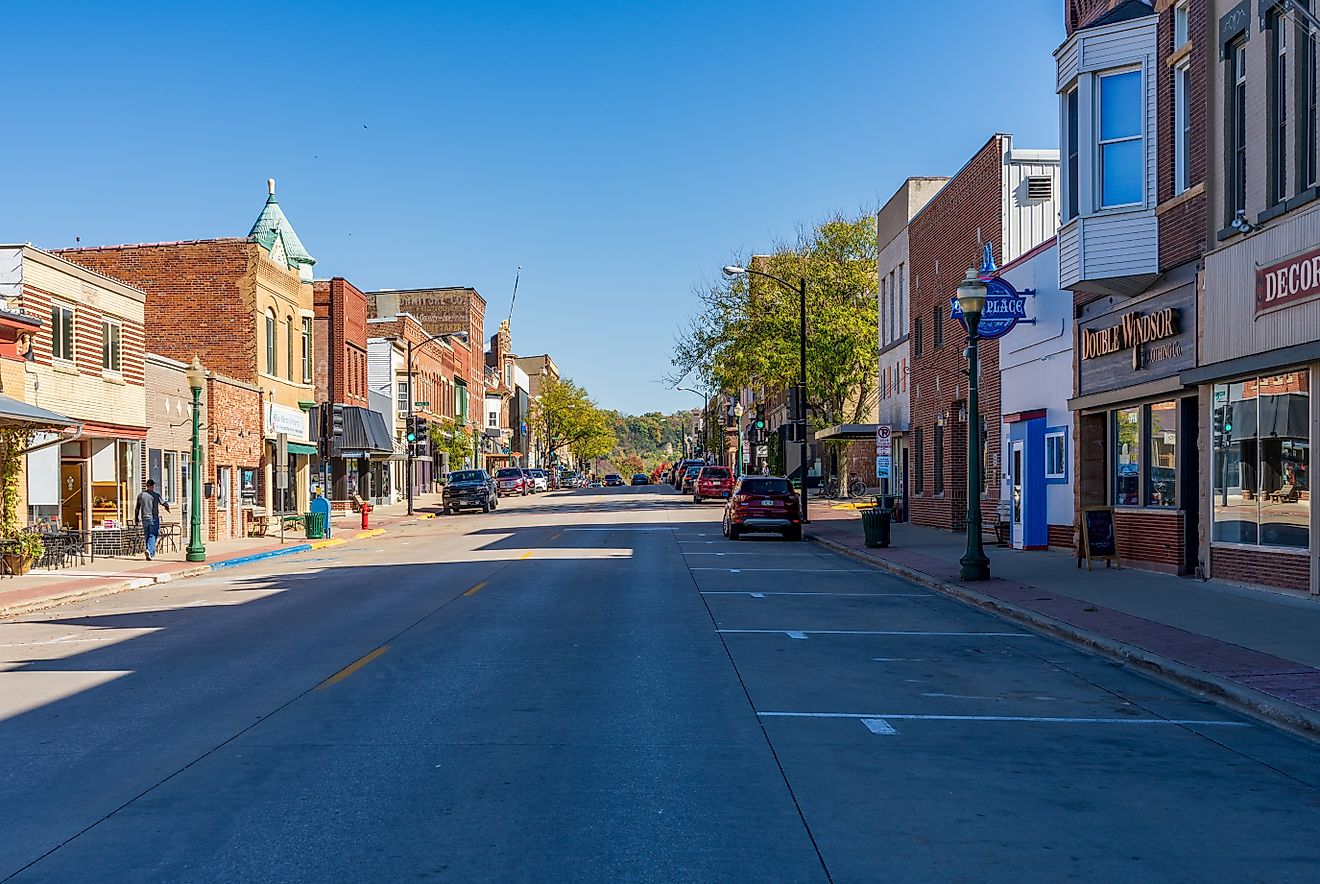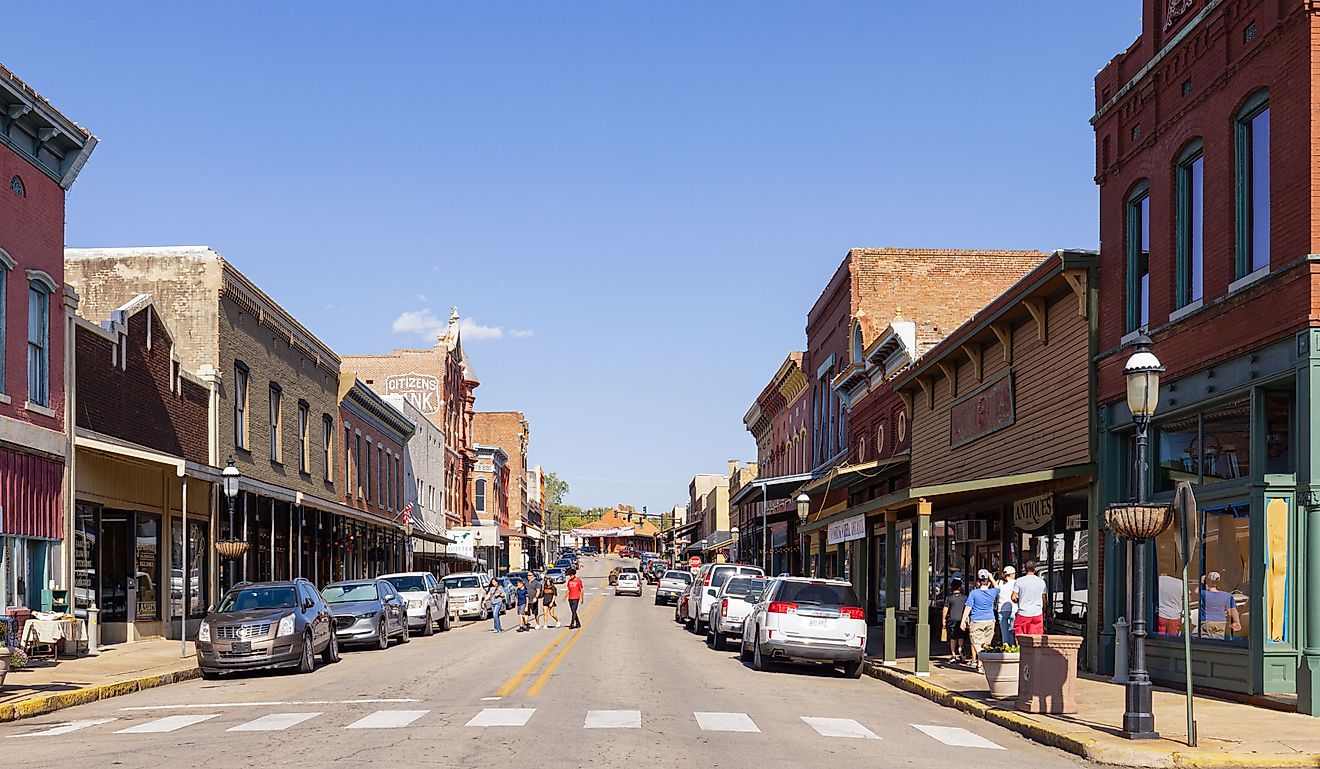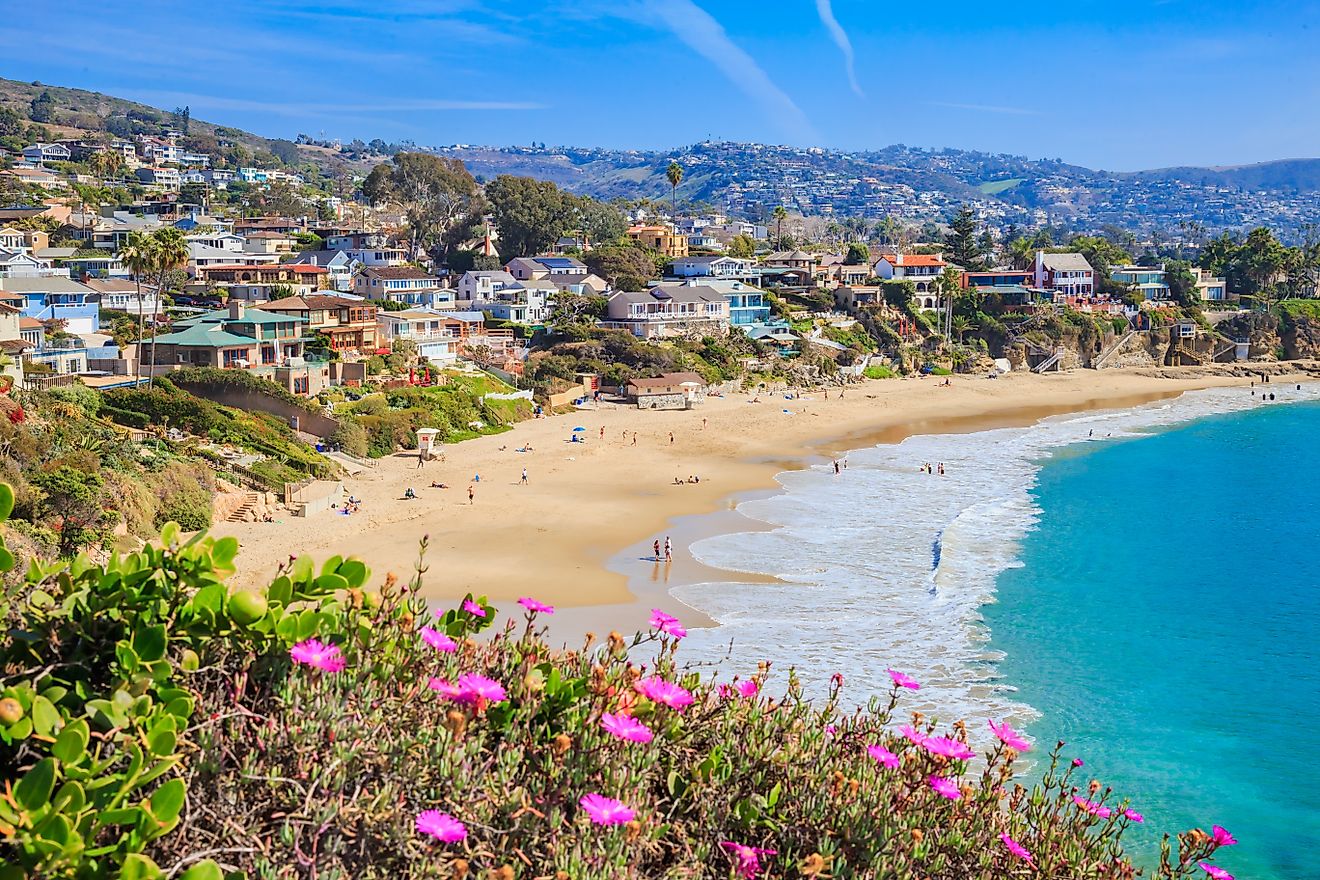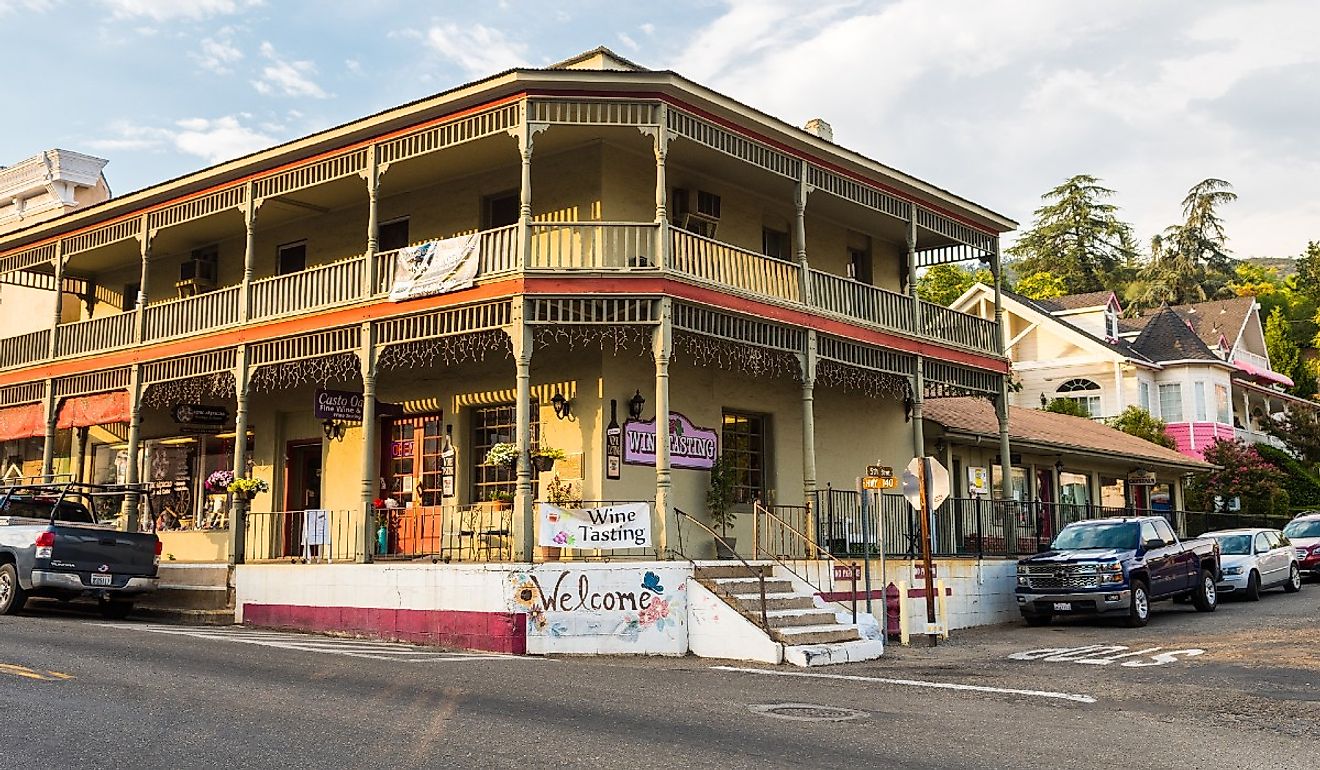
6 Towns in Northern California With Rich History
Northern California could be a country on its own. The site of Native American history, gold rush fortune seekers, and even a former Russian colonial settlement, the upper half of the "Golden State" offers a virtual lifetime of places to see, things to do, and Sierra Nevada mountains to climb. Established as a US state in 1850, California's north quickly grew into the famous place we know today, hosting creative types, famous natural beauty in Yosemite National Park, and world-changing technology companies. For a regional past as dramatic as its present, travelers will love these history-rich northern California towns.
Fort Ross
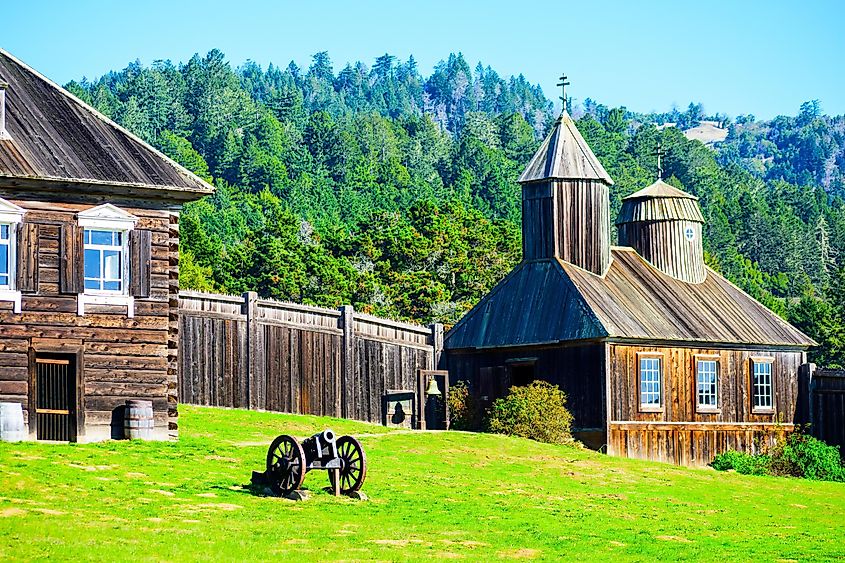
Fort Ross, population 2,300, harbors a past unlike almost any other town in America: it was once a Russian colonial settlement. The word Ross bears similarity to the pronunciation of Rossiya (Russian for "Russia"), a nod to the town's founding by explorers, supported by the Russian Empire, in 1812. Landing in what was then Spanish territory, the Russian stayed, trying to establish a supply chain for trade with North America, before leaving under Mexican rule in 1841. Fort Ross would witness a second moment of international dimensions: the 1848 discovery of gold at Sutter's Mill, inland from Fort Ross. The pioneer John Sutter bought Fort Ross from the Russians in 1849. California became a US state the following year, switching from Mexican to American hands.
Visitors to Fort Ross, located in the modern-day tourist favorite of Sonoma County, can explore the site's under-sung history. California runs the Fort Ross State Historic Park. The site enjoys status on the California and national lists of historic landmarks. The grounds are likewise listed on the National Register of Historic Places (NRHP).
Angels Camp
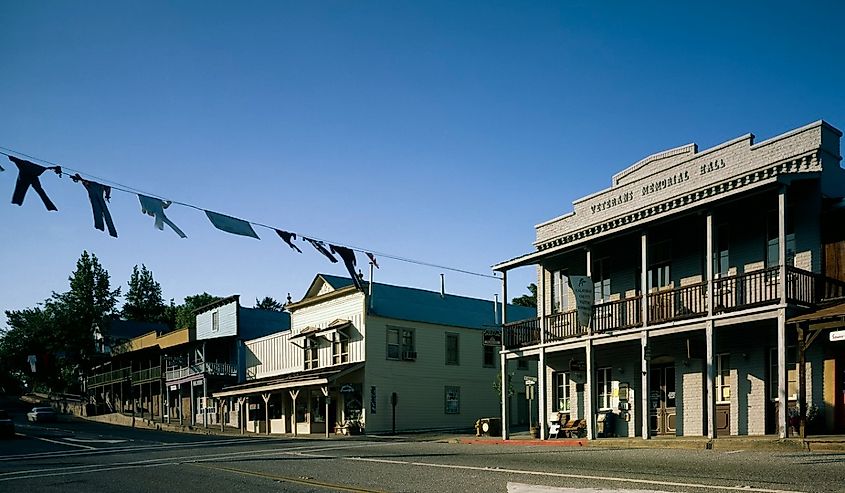
Angels Camp, also known as Angels or sometimes "Frogtown," has 3,800 residents and loads of historical charm. Once a mining camp, it took its name from one Henry Angel, a settler who, in 1848, set up a store for miners in the area. The town's date with fame came soon thereafter. It served as the setting of "The Celebrated Jumping Frog of Calaveras County," a short story by America's legendary writer, Mark Twain, who said he overhead the story at the Angels Hotel while passing through town in 1865.
Officially incorporated in 1912, the town remains rural and sparsely populated, with only 46,600 people in surrounding Calaveras County. But every May, the town's fairgrounds host a Jumping Frog Jubilee, with frog-focused events of various kinds. Fresh-air seekers may prefer Stanislaus National Forest, northeast of town, or the Tuttletown Recreation Area just south of town. Tuttletown lies near New Melones Lake, another outdoor recreation zone.
Chester
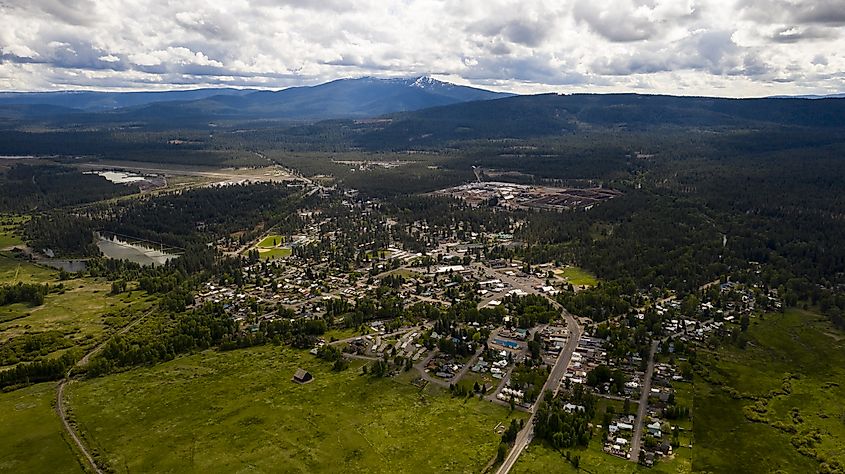
Chester, with 2,300 souls, marks for most travelers the way in, or the way out, of adventures in the Sierra Nevada. Once called Big Meadows, the town today is known for lumber production and nature-centered tourism. Lake Almanor, Lassen Volcanic National Park, and the historic Drakesbad Guest Ranch, are consistent visitor attractions. Camp Fleischmann, owned by a local Boy Scouts of America chapter, brings in youngsters every summer.
For a creative look at the past, the Chester-Lake Almanor Museum in town offers a slice of local history and art. Chester Park, also in town, gives travelers a little green space and lovely mountain views. Fun fact: the town's two founders both came from other Chesters — one from Vermont, the other Missouri.
Mariposa
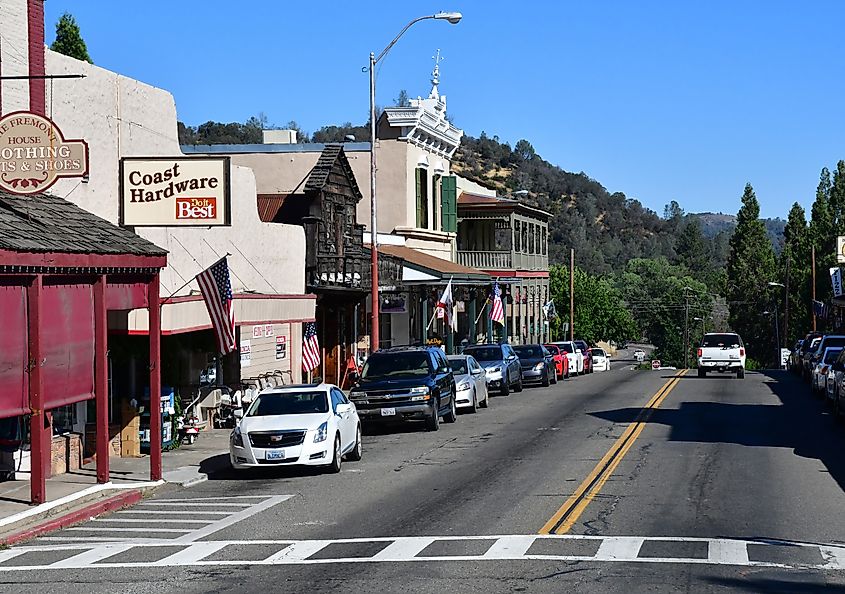
Mariposa, with a modest 1,300 souls, first took root near a(nother) mining camp on the seasonal Agua Fría Creek. The small town kept growing, gradually, throughout the 19th and 20th centuries. US pilots in World War II trained at the town's purpose-built airfield. The site would later become the Mariposa-Yosemite Airport. Visitors can take in more of the local past at the Mariposa Museum and History Center.
Mariposa's illustrious and sometimes wealthy residents have left their mark on the town. Colonial-revival architecture remains there today, especially Mariposa County High School, erected in 1914. Famous former townspeople include John Fremont, the pioneer, statesman and Union Army general who helped found California as a state. Frederick Law Olmsted, the landscape architectect who designed Central Park in New York City and other parks, also lived here for a time. Mariposa Park sits south of the (tiny) downtown.
Independence
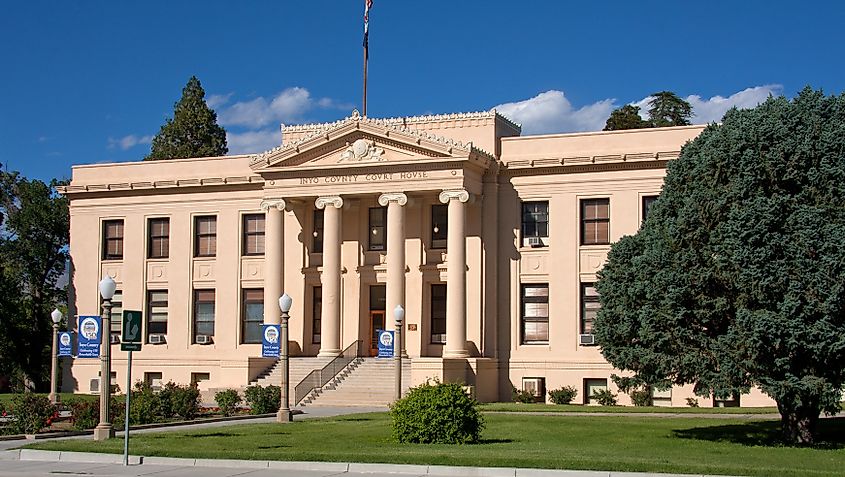
Independence, which just 800 people call home, is one of the smaller towns in California's Sierra Nevada. But its history looms large. Founded in 1861 as a trading post by the settler Charles Putnam, Independence now features a historic marker at Putnam's Cabin, part of the California Historic Landmark series. The cabin stands across from the Inyo County Courthouse, built in 1922 and now on the NRHP. The town hosted Camp Independence, a former US Army site, built to protect US settlers. These days, the town's Eastern California Museum bears powerful witness to the region's past.
For some quality time outdoors, visit the Mt. Williamson Motel and Basecamp south of town, near the mountain of the same name. The John Muir Wilderness Area makes for another option west of town, as does Kings Canyon National Park.
Coarsegold
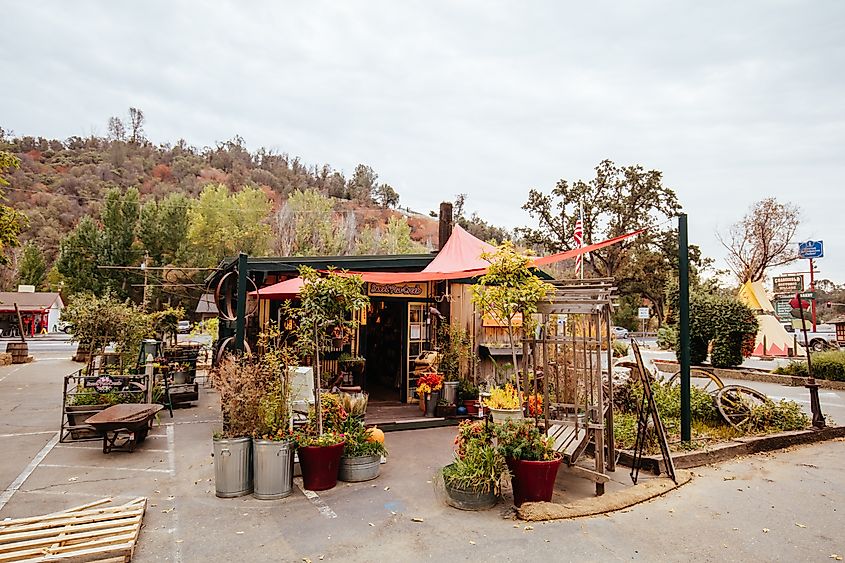
Coarsegold, its population a larger 4,800, boasts a history stemming from Sutter's Mill and the California Gold Rush. These days the town, just southeast of Mariposa and some 40 miles north of Fresno, receives more traffic from visitors to Yosemite National Park. History enthusiasts should make a detour for the Coarsegold Historic Museum, or the Fresno Flats Historic Village and Park, a reconstructed settlers' village.
Coarsegold today bears proud testimony to the Native American cultures of northern Californa. The town hosts Picayune Rancheria of Chukchansi Indians, a tribe with US federal recognition, and who keep their headquarters here. Coarsegold offers Chukchansi language classes for students young and old.
Northern California Combines Beauty and History
From colonial history to modern accomplishments, northern California's past informs its present in fascinating ways. The gold rush of 1849 started in this region, bringing new energy and inspiration for the region's commerce, literature, and development. The area has hosted settlers and citizens, some of them as famous as Mark Twain and John Fremont. The region's long menu of historical museums, places, and cultural showcases should only entice visitors to visit again and again. For history lovers of all ages, northern California promises a lifetime of enrichment.
